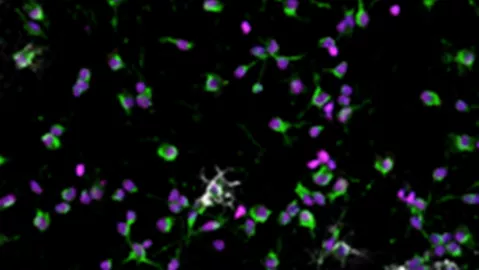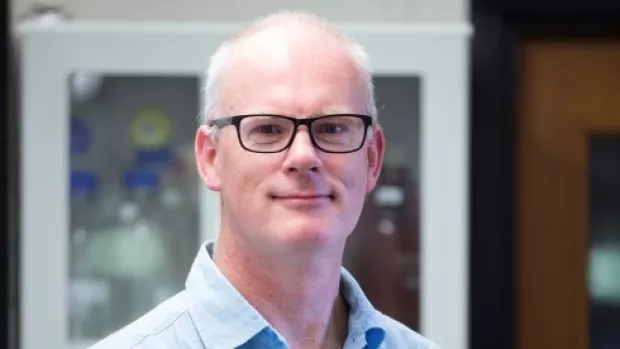
How close are we to myelin repair treatments?
Finding treatments to repair myelin is a vital part of stopping MS. We spoke to Professors Anna Williams and Charles ffrench-Constant from the MS Society Edinburgh Centre for MS Research to find out all about myelin repair.
Why do we need to repair myelin in MS?
Anna: "Myelin is the fatty coating that protects our nerves and helps messages travel along them. This protective coating is damaged in MS, leaving the fragile nerve fibres exposed and unable to send signals clearly.
Our brains have the incredible ability to repair myelin. But, with age and repeated attacks, this stops working so well. And as MS progresses, disability accumulates because nerves are permanently lost.
People who have higher levels of myelin repair see a reduction in the progression of their MS. So if we can repair myelin, we should be able to reduce the number of nerves that people lose, and slow or even stop disability progression."
Who could benefit from myelin repair treatments?
Anna: "Myelin repair will be a key part of how we treat MS for everyone in the future. You can't put myelin back onto nerves that have already been lost. So myelin repair won't reverse disability for people with advanced progressive MS. But it could be hugely beneficial in slowing or stopping progressive MS."
How much progress has been made in myelin repair research?
Charles: "Over the last couple of decades we’ve seen a huge shift in MS research and treatment. In the early 1980s there weren't any treatments for people with MS. We now have over a dozen therapies that prevent immune damage and the hunt is on to find treatments to repair myelin.
So far we've discovered new pathways, and work is ongoing to identify potential drugs. We've seen a wave of clinical trials for myelin repair treatments over the last few years, and we’ll see even more over the next few years."
What part of myelin repair are you looking at?
Charles: "One area of research I'm excited about is how we look at myelin repair itself. We know that the stem cells in our brains transform into myelin-making cells called oligodendrocytes. The oligodendrocytes are then able to repair myelin. These are two separate processes.
When we test potential drugs in the lab we look at the first step - when the stem cells transform. But before we can tell if these drugs will be effective in people with MS, we need to show they directly increase myelin repair too."
What's the next piece of the puzzle?
Charles: "Once we can repair myelin, the next step will be to find ways to replace damaged nerve fibres. But this is still quite a long way off. Finding out how to actually regenerate nerve fibres would have the potential to benefit even those with very advanced progressive MS."




